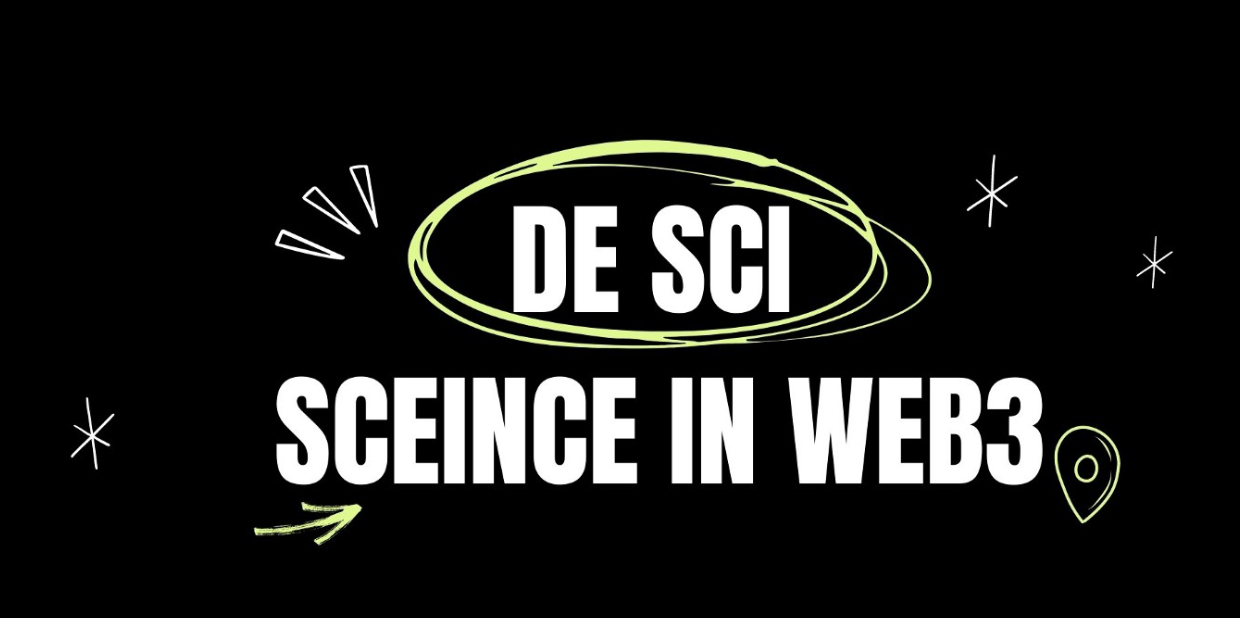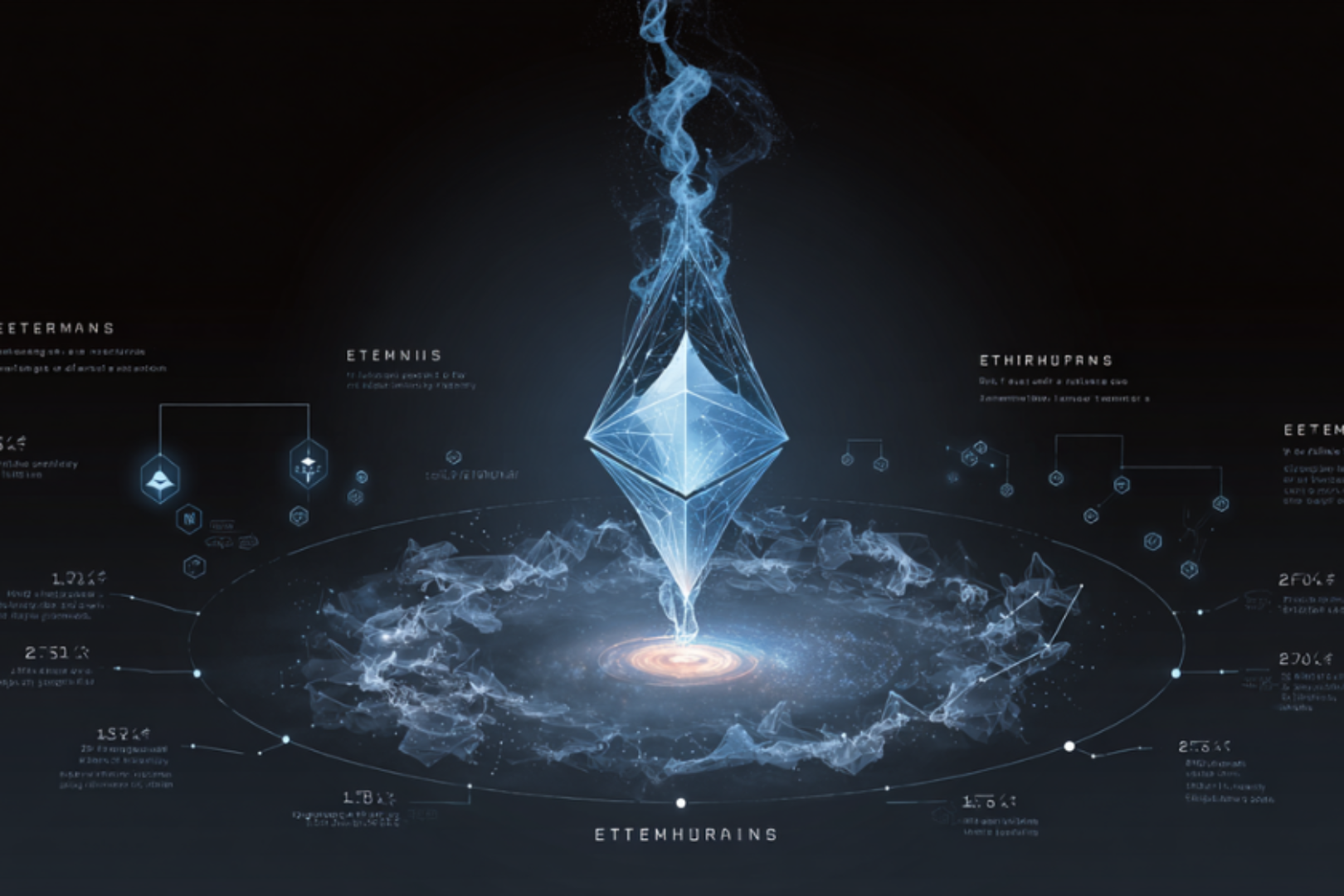
Summary
Summary
secondary title

Research Funding Issues
Among the key research funding problems we identified, one of the most glaring is the disproportionate amount of time researchers spend on grant applications. A survey of the Federal Demonstration Partnership revealed that researchers spend 44% of their time on administration, and this time is often spent on grant-related assignments (Schneider, 2018). Applying for grants requires writing a time-consuming research proposal, often with limited success. This process is relatively opaque, and different funders may have different and uncertain goals. Funders are often less willing to go through the application process through other channels to obtain "fast track" research funding. For example: A handful of quick grant initiatives—the DeFi Education Fund—have been established in recent years to address this issue.
Second, certain areas of research are often overlooked because funders' goals do not align with socially optimal levels of funding. Public funding encourages basic research, while private funding encourages applied research and immediately applies to private funding agencies (Buccola, Ervin, and Yang, 2009). Furthermore, funders are sensitive to "research bias" and are more likely to pursue "hot" (i.e., consensus), "high NPV" or "low risk" topics. Despite the high quality of grant proposals, funders continue to focus on a researcher's track record, tending to fund research by experienced (or 'elite') academics rather than younger researchers or researchers from less prestigious institutions . As a result, grants tend to go to the same select group of eminent researchers, faculty, and institutions. In the private sector, funding is primarily for research that addresses a specific problem, and is often tied to a clear expected return on investment (ROI), without regard to broader scientific or societal needs.
For “citizen scientists”—citizens who are not formal researchers but enjoy contributing to science—it is nearly impossible to get funding. While universities coordinate some research with “outsiders,” individual researchers have few tools, expertise, and resources available to apply for grants on their own. Many grants also explicitly require that the Principal Investigator (PI) be affiliated with a university or formal research center. As a result, citizen scientists have no clear avenues for funding and are often ill-equipped to compete with researchers backed by prestigious universities.
Another concern concerns the so-called "end of scientific discovery," with several areas of academia failing to produce much novel research in recent years. The rate of breakthrough progress is slower than before, and there are fewer and fewer new areas of research. We believe that the funding system has an important role to play in this trend, and that the current system is directing funding to studies with the highest success rates, fitting existing narratives, and being conducted by 'highly reputable' researchers. Thinking outside the box is penalized, with no access to peer review to the point where there is little opportunity for research to be published. In addition, research that spans multiple disciplines is often in an awkward position for funding.
Two notable exceptions to this trend, artificial intelligence and blockchain, primarily benefit from their high monetization potential to incentivize private money.
secondary title
Decentralized Science Funding (DeSciFi) - Web3 Solutions for Research Funding
Scientific knowledge is usually classified as a public good, and as such, its production receives substantial public funding. In practice, we treat research as both a public good and a private good through the creation of exclusivity and competition. You could argue that there is a strong public interest in intellectual property research because it provides a monetary incentive to invest in science. Scientific progress tends to decline gradually as researchers make new discoveries by standing on the shoulders of giants.

Web3 protocols have been combining the generation of (quasi) public goods with private funding structures and development teams. One of the most popular use cases in Web3 is decentralized finance (DeFi), where mechanism design has been applied to smart contracts for various financial applications. This presents an opportunity to experiment with private-public funding structures for research using designs inspired by decentralized finance.
There are many DeSci startups popping up, however, most of them are not really using DeFi mechanics, but promoting scientific kickstarters. Solutions to date have felt skeuomorphic in design, with little regard for Web3-native functionality. Also, many DeSci solutions focus on topics like reviews and publishing, and we would say that the most impactful potential of Web3 tools is in terms of funding. Both incumbents and new entrants are not adequately addressing core issues surrounding economics and the proper management of research funding. It is not enough to simply transfer research funds to tokenized asset rails, it requires sound market design mechanisms to meet the needs of researchers and investors.
secondary title
Non-fungible tokens as building blocks
There is currently no easy system to partially fund and own research. DeSci can effectively change this, where the advantage of digital assets lies in the opportunity to integrate into the Web3 ecosystem. In cryptocurrencies, an entire ecosystem has been developed for efficiently issuing, owning, exchanging digital assets, and building many other applications on top of it.
More specifically, we think it would be interesting to use non-fungible tokens (NFTs) for DeSciFi purposes. NFT is a digital asset that represents a unique digital certificate of authenticity of the underlying asset. A number of projects have been working on putting (research) publications on-chain — for example, ScholarOrg has developed a mechanism to store research output (papers, data, code) in an immutable on-chain database via IPFS.
secondary title
Research markets and platforms
Build a smart contract-based funding mechanism and research market, and place research on NFT. Researchers can publish proposals funded by community members in exchange for project stakeholders. A preliminary (IP-related) NFT is released, representing the project, and various stakeholders have partial ownership of the NFT. In this case, the research is captured in an NFT, where ownership is divided by tokens, and the project itself (and the community around it) can be considered a de facto decentralized autonomous organization (DAO).
One of the benefits of putting IP on NFTs is that it opens up the opportunity to value these intangible assets more efficiently. In addition to the opportunity for a more active IP market, the NFT ecosystem has also been developing rapidly in terms of NFT pricing. Many companies have been working on NFT pricing and valuations, and we've reached a point where reliable real-time valuations are possible for most collectibles. Additionally, a community-based assessment system can be implemented. For example, Lithium Finance has been working on developing a decentralized valuation protocol that allows a community of market participants to leverage crowd wisdom and cryptoeconomics for on-demand price estimation. Research pricing can be based on quality indicators of the market, as prices can reflect desirability and quality.
The market system can usually be regarded as a good measure of value, and can be said to be a powerful tool for "value discovery". The DeSciFi platform will allow "buying" and "selling" shares in research, where the market acts as an efficient capital allocation system. Scientific innovation is actually rebellious and anti-status quo, and the current system instead incentivizes funding for consensus ideas or eminent researchers within the status quo. Market-based mechanisms to incentivize funding of (underpriced) research ideas (or researchers).
The NFT of assets can improve the liquidity of assets. Today's intellectual property market is quite opaque and illiquid, and the search to find the right buyer is costly. With NFTs, authenticity and ownership can be verified instantly and trustless transactions can be achieved. Decentralized exchanges primarily utilize automated market maker (AMM) designs to facilitate transactions. AMMs - funded by the community - provide instant liquidity for IP equity, thereby monetizing investors. We would argue that the public has an incentive to create a liquid market for research, and to assign a fair valuation price, which may constitute an arm's length trade.
secondary title
Funding Collectives and Networks
As mentioned earlier, one of the problems with research funding is the slow funding process, which can take months and a lot of effort. Decentralized curation mechanisms and (automated) funding pools can speed things up, implement automated market decision-making and funding allocation mechanisms, and create funding pools of a public or private nature. In this case, funds can be distributed based on curation by representatives, automatic rule-based mechanisms -- such as quadratic funding -- or votes by members of the funding class.
The protocol's public functionality and IP-related NFTs allow for a transparent and more liquid environment where research investing can become a viable investment strategy. "Research funds" can be set up on the platform, actively managed by representatives who provide investment planning.
Srinivasan (2022) discusses network states consisting of societies based on shared beliefs. You can form scientific networks based on shared beliefs to fund specific research. In the current environment, it is difficult to know what kind of research society wants to fund, and it ends up being the decision of a few biased gatekeepers. With a research network, you immediately know what the network stands for and what kind of research it believes in. This will allow society to distribute funds across these networks, resulting in a more transparent and open funding ecosystem.
application

application
We believe DeSciFi creates an opportunity to expand the participant base of potential funders and researchers (eg, citizen researchers). Various interest groups can also be integrated through the use of DAOs. An example of this might be patient communities and other contributors, real stakeholders in investing in collectively funded treatments. IP-related NFTs are an important catalyst, as both royalty systems and licensing can be derived directly from core NFT functionality. In this regard, we see applications beyond the realm of science, as different types of research projects can be funded. Similar issues arise when it comes to R&D-stage corporate research projects and pre-seed stage start-ups, so similar financing solutions (as discussed in this article) are available. There is an untapped pool of capital for these types of projects that are currently not easily sold through existing channels.
references
references
Atoms. 2022. Magna Carta Scientiae. https://atoms.org/scientiae#introduction-the-research-economy
Azoulay, Pierre, Christian Fons-Rosen, and Joshua S. Graff Zivin. 2019. "Does Science Advance One Funeral at a Time?" American Economic Review, 109 ( 8): 2889-2920.
Buccola, S., Ervin, D., and Yang, H. ( 2009). Research Choice and Finance in University Bioscience. Southern Economic Journal, 75( 4), 1238-1255.
Fang FC, Casadevall A. 2016. Research funding: the case for a modified lottery. mBio 7( 2):e 00422-16. doi: 10.1128/mBio.00422-16.
Schneider, S.L., 2019. Results of the 2018 FDP Faculty Workload Survey: Input for optimizing time on active research. Plenary session presented at the January meeting of the Federal Demonstration Partnership (FDP), Washington, D.C.
Van Noorden, R. Open access: The true cost of science publishing. Nature 495, 426 – 429 ( 2013). https://doi.org/10.1038/495426 a
Wapman, K. H., Zhang, S., Clauset, A. & Larremore, D. B. Nature https://doi.org/10.1038/s 41586-022-05222-x ( 2022).




